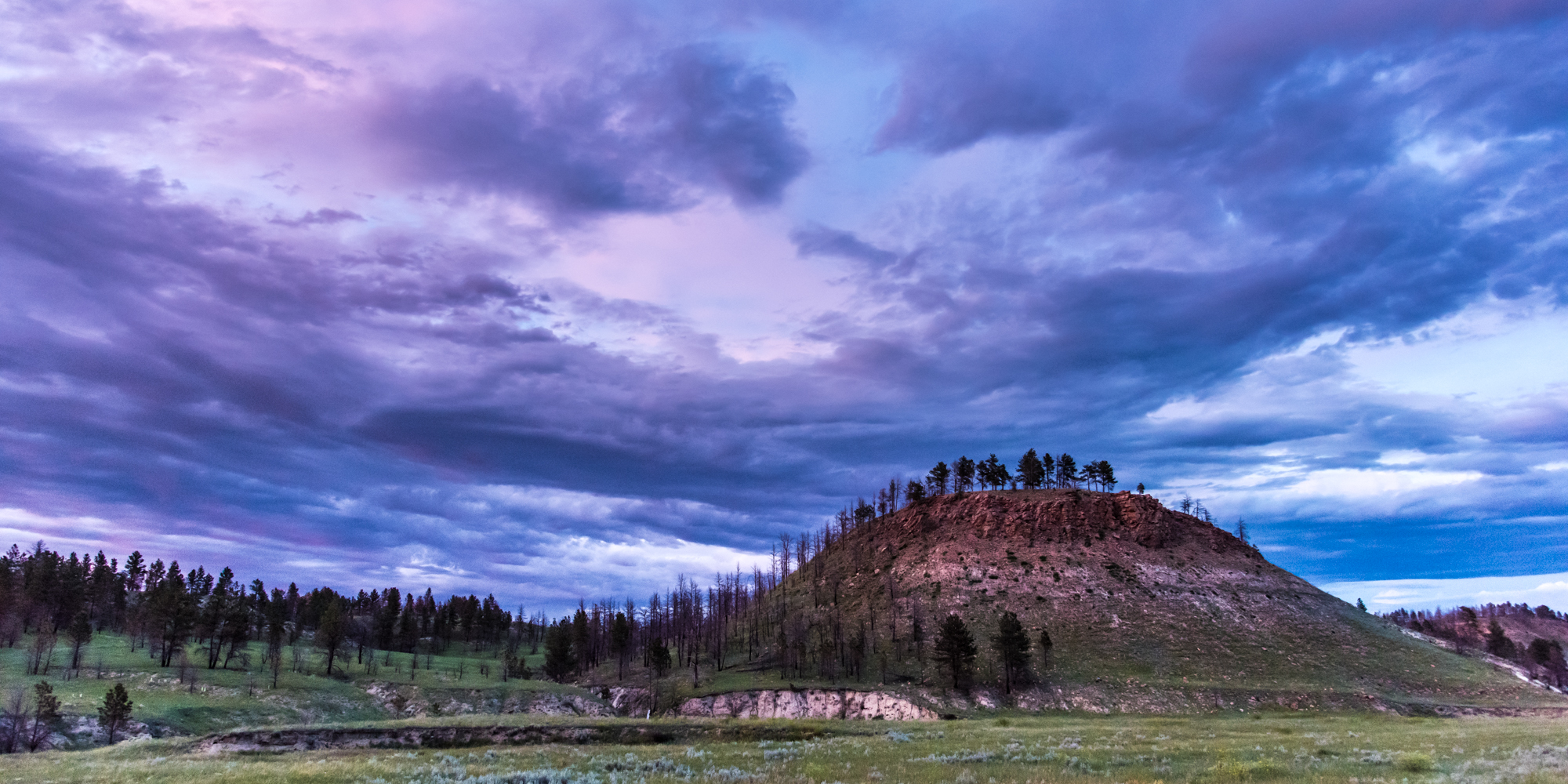A conservation easement is a voluntary legal agreement between a landowner and a land trust like MLR that permanently limits the uses of the land in order to protect its conservation values.
Think of land ownership as holding a bundle of rights that includes the right to subdivide, construct buildings, irrigate, harvest timber, restrict access, and lease or sell the property, among others. A landowner may sell or donate their entire interest in the property—the whole bundle of rights—or may part with just one or two of those rights. If a property-owner wants to give away certain rights for the purpose of conservation, while retaining other rights, he or she grants a deed of conservation easement to a land trust such as MLR.
The donation of an easement may qualify as a charitable contribution. As such, it may reduce income, estate, and gift taxes. Regardless of changes in ownership, the conservation easement runs with the title and protects the land from inappropriate uses and development in perpetuity. The vast majority of conservation easements held by MLR have been donated by private landowners. In rare circumstances, MLR has purchased a conservation easement in a “bargain sale” from the landowner or has worked with landowners to take advantage of public funding programs, such as county open space initiatives and the Natural Resources Conservation Service’s Agricultural Land Easements Program.
The terms of a conservation easement spell out the uses that are consistent and inconsistent with the conservation goals of the landowner. Each conservation easement is tailored to the unique character of the land and the conservation goals of the owner.



The terms of the easement do not negate or modify state or federal law. Specifically, a conservation easement cannot prevent condemnation.
Although conservation easements are real property interests governed by Montana law, in order to qualify for the generous federal income tax deduction, certain requirements must be met.
These include the following: